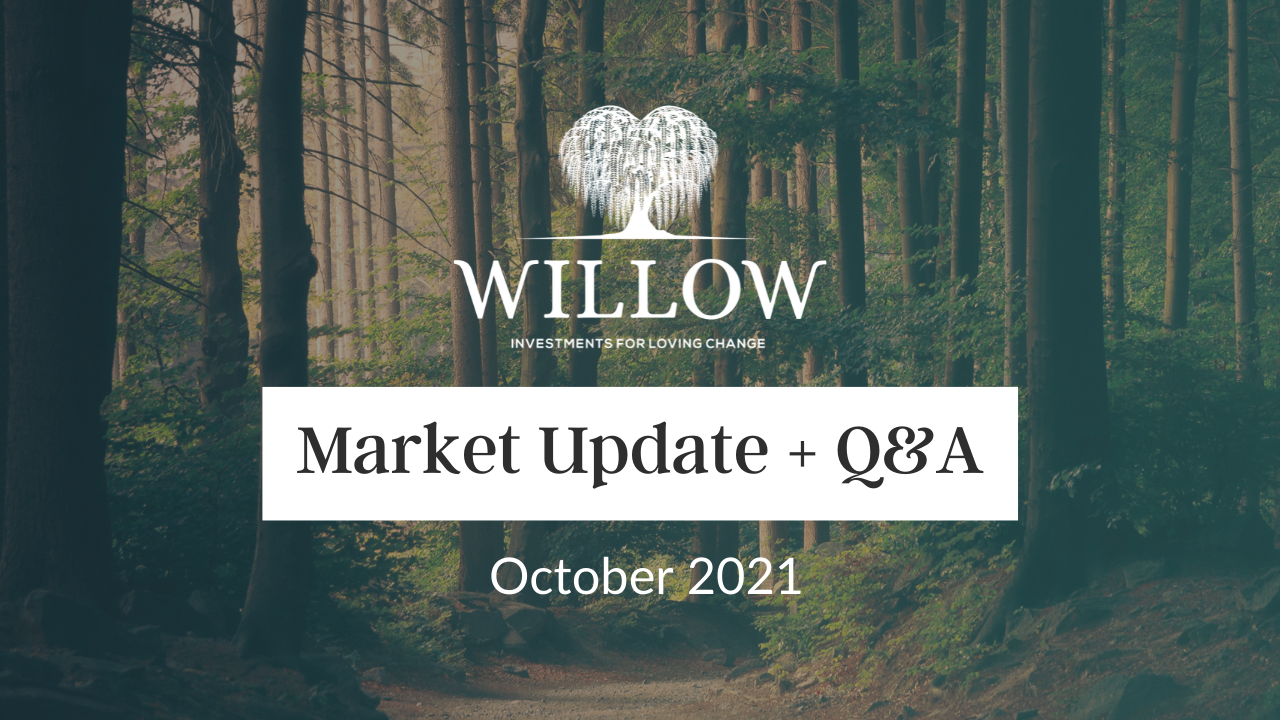The John Krol Podcast: Alexandra Dest Renders
Willow Investments for Loving Change
Merging the mission of her company into full alignment with her authentic true self took a powerful leap of faith. This was a particularly bold move in the no-nonsense profit-driven industry of financial advising. But, for Alexandra Dest Renders, “it was time to get real.” Those were the words of her husband, and business coach, Pascal Renders, who threw down the gauntlet and challenged her. In spite of more than three decades of great success in her industry, Alexandra was still “fragmented” and her business didn’t truly reflect herself as an individual who is “deeply sentient, highly intuitive, and very sensitive to other humans.” Today, her firm Willow Investments for Loving Change stands on her core values. She believes that “capitalism is not only ripe for a change but it is necessary for the well-being of humanity.” That’s a far cry from the classic Gordon Gekko “greed is good” philosophy, which we discuss in this episode. We also cover: the masks that are often worn in the corporate and business world, particularly on Wall Street, being vulnerable, following your inner compass, Alexandra’s early professional successes and being a “closet” intuitive, quietly combining her analytical and psychic abilities, the launching on her new newsletter the “Economic Intuitive,” the continuing weakening of the dollar (petro dollar), the emerging importance of local community sustainability, the ongoing challenges in the housing market amid the high cost of building materials, the spiritual experience in Grand Central Station that led her to the Berkshires, her journey from a diagnosis of MS to full health utilizing natural healing, taking the leap into starting her own business years ago, her vision for leadership and the partnership with her husband, Pascal, helping develop more leaders, and much more. I hope you enjoy my conversation with Alexandra Dest Renders.
The material on this page has been prepared by ADCM, LLC dba Willow and is general background information given in summary form and does not purport to be complete. Information in this posts, should not be considered as advice or a recommendation to investors or potential investors in relation to holding, purchasing or selling securities or other financial products or instruments. Neither the information nor any opinion expressed herein constitutes an offer or a solicitation of an offer to buy or sell securities.
Before acting on any information you should you should seek independent financial advice. All securities and financial products involve risks, which include (among others) the risk of adverse or unanticipated market conditions, financial risk, political and regulatory risk, currency risk, and interest rate risk.
While due and thoughtful care has been used in the preparation of these posts, the information contained herein has been obtained from sources believed to be reliable but its accuracy and completeness cannot be guaranteed. Forecasts and hypothetical examples are subject to uncertainty and contingencies outside Willow’s control. Past performance is not a reliable indication of future performance.



